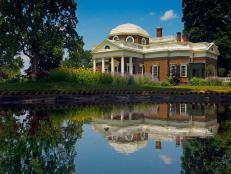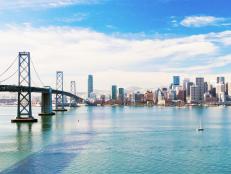Cherishing Covered Bridges
Man can risk life and limb to blast a hole through a mountain to build a tunnel, and most travelers won’t blink twice at the engineering marvel. But if man hammers together a wooden bridge, puts a roof on it and manages to preserve it for 100 years or so, people will flock to pay homage to the covered bridge, especially if it sports a nice paint job and sits in a picturesque spot.
Covered bridges first surfaced in North America in the 19th century and served 2 main purposes: to protect the wooden floors from natural elements and to help placate horses that were prone to spooking by the sound and sight of the rushing water below. Construction of covered bridges waned in the 1860s, when iron emerged as the preferred bridge-building material.
Many covered bridges remain as iconic artifacts of a more simple time. Here are 5 places to see covered bridges, and pay your own homage to a bygone craft.


























.jpg.rend.hgtvcom.231.174.suffix/1674758726773.jpeg)











